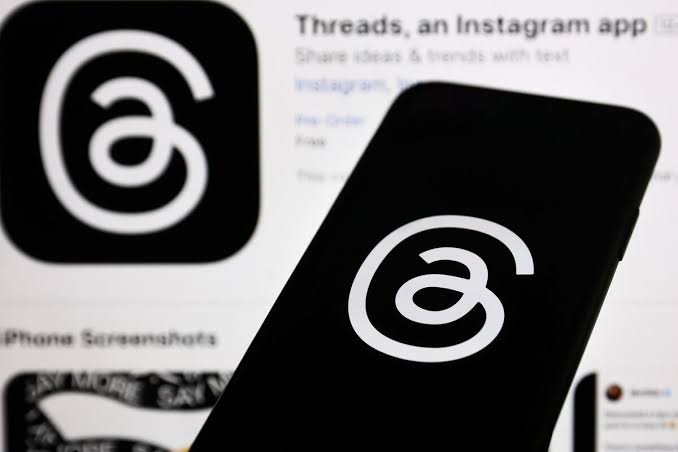
Threads Rate Limits Amidst Spam Attacks
Instagram Threads, Mark Zuckerberg’s alternative to Twitter, has been compelled to implement rate limits due to an increasing number of reports citing spam attacks and crypto-shilling bots.
In a July 17 post on the Threads app, Instagram’s CEO Adam Mosseri announced the implementation of rate limits. “Spam assaults have increased, so we’ll have to tighten up on things like rate limits, which will result in more unintentional limitations of active users (false positives).
“Let us know if you become entangled in these protections,” Mosseri explained. One user complained that they spent half of their time on the app preventing bots that promoted “gambling and cryptocurrency sites.”
Elon Musk, the CEO of Twitter, responded with “lmaooo copy” to a screenshot of the announcement that was posted on Twitter.
Twitter imposed strict rate limits on users on July 1, but for a different reason: excessive data harvesting from external organizations.
Verified Twitter users are limited to viewing 15,000 posts per day, while unverified and new unverified accounts are limited to viewing 1,500 and 1,000 posts, respectively.
Threads experienced a record-breaking influx of new users following its July 5 launch, surpassing 100 million users within five days. Unfortunately for Zuckerberg, there appears to be a problem maintaining user interest in the new Twitter alternative.
Olivia Moore, a partner at the crypto venture capital firm a16z, discovered that just one week after the introduction of Threads, the number of daily active users dropped by 40%, while the average daily time spent per user decreased by threefold.
Moore believes that importing Instagram users directly into a Twitter-like app like Threads is ineffective. By tying Instagram user accounts directly to their actual identities, it discourages the Twitter-famous modes of social interaction, namely anonymous accounts and fan pages.
Twitter has created a social graph and an interest graph that are difficult to replicate. “Even with a copycat product, it is difficult to replicate the decade-long development of the underlying networks and user identities,” said Moore.





